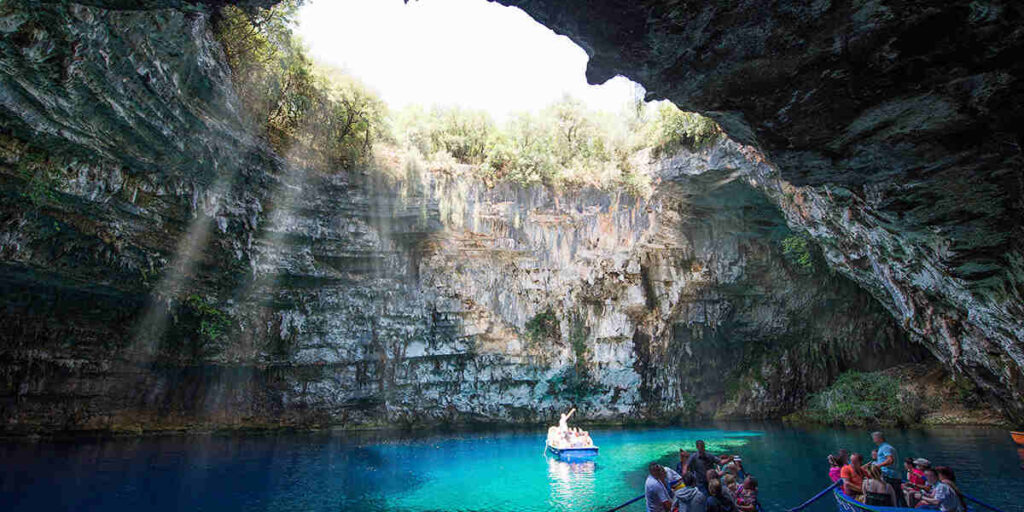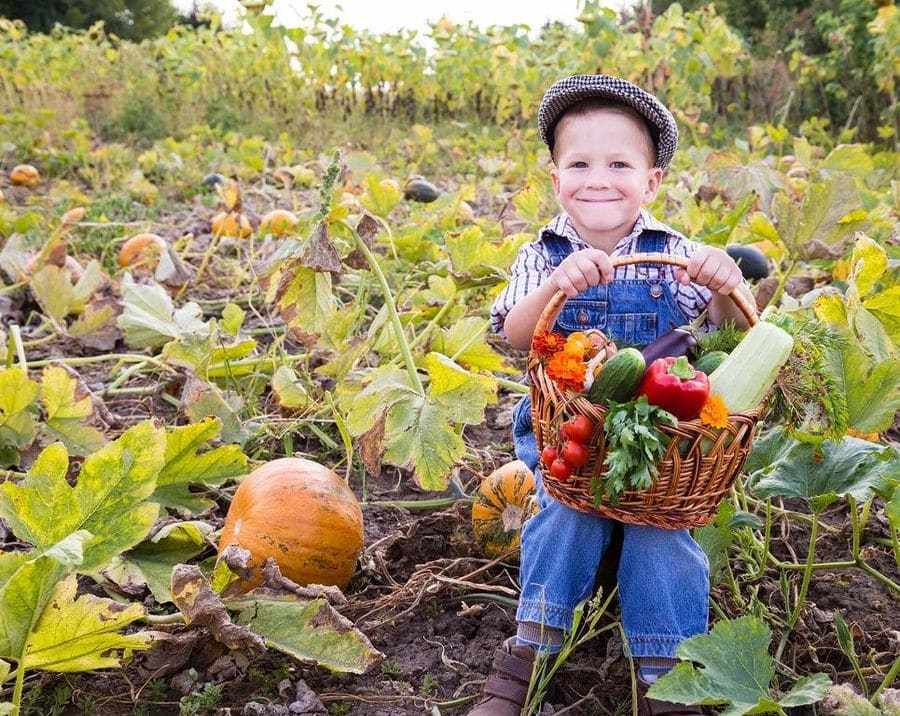Kefalonia, the largest of the Ionian Islands, is a land of remarkable geological wonders and mysteries. Famous for its unique sinkholes, where seawater seeps into the earth and travels underground before resurfacing in the Karavomilos Lake and Melissani Cave, the island captivates with its natural phenomena. In 1953, Kefalonia endured a catastrophic earthquake that spared only the Erissos peninsula, home to the traditional village of Fiskardo.
The island boasts a rich cultural heritage, with castles and monasteries reflecting its Byzantine and Venetian past. Kefalonia’s natural beauty is unparalleled, featuring stunning beaches like Myrtos, Xi, and Antisamos, and awe-inspiring caves such as Melissani Lake Cave and Drogarati Cave.
Kefalonia’s diverse flora and fauna make it a haven for nature enthusiasts. Mount Ainos, a renowned National Park, dominates the landscape, while the Koutavos Lagoon serves as a vital wetland. The island’s beaches are also a nesting ground for Caretta-caretta turtles.
With its 365 charming villages and the cosmopolitan town of Argostoli, Kefalonia enchants every visitor with its endless natural beauty and unique allure.
Gastronomy
Local products
Cheeses: feta, mizithra, manouromizithra, kefalotiri, graviera, and the local prenza.
Honey: The “Kefalonian hive” produces 6-10 kg of honey per year. This low yield is mainly due to the fact that Kefalonia has many beekeeping plants, i.e. great biodiversity, but there is not much of an abundance of plants. The high biodiversity of Kefalonia enables the producers not to resort to sugar at certain times of the year as there are always blooming flowers where the bees can feed.
Olive growing is the most important activity of crop production in the primary sector of the economy of Kefalonia. A total of one million olive trees are cultivated and the total production of olive oil amounts to 2,000 tons per year. The varieties cultivated are local (40%), Koroneiki (30%), Simoteiki (10%) and Thiaki (15%).
The Kefalonian vineyard occupies approximately 300 hectares, making it the most important island in the Ionian Islands both in terms of vineyard size and quality. The production of the island is based on indigenous varieties. The fine wines of Kefalonia come from three PDO varieties with a long tradition: Robola, Mavrodafni and Moschato, which have always had their own special role in the daily life of the island.
Local Gastronomy
The local gastronomy has Venetian influences and includes pita (pies), horta and meats.
Traditional local delicacies include a variety of pies made with greens and different meats, such as kreatopita (meat pie), bakaliaropita (codfish pie), rabbit stew, strapatsada, riganáda (bread slices with oregano and local feta cheese), skordalia, and boubourelia (mixed legume soup).
Very popular is skordalia, the hot garlic dip made with potato that accompanies fried cod and fried zucchini.
Horta and vegetables, along with spinach, leeks and onions participate at the local tsigaridia, a tasteful dish.
Hare with red sauce, rooster with thick spaghetti, baked rooster with potatoes, rabbit with vinegar, beef prokado (meat with garlic and cloves pierced into the flesh), pastitsio with goat or lamb and pork with potatoes and quince are some of the most typical meat dishes of Kefalonia.
As for the Kefalonian typical sweets, one can try between mandoles, moustopita (pie with grape must, semolina and almonds), and pastokydono.
In Kefalonia, you’ll find a rich selection of high-quality local dairy products, including feta and the distinctive Kefalonian kefalotyri, made from the indigenous “Katsino” sheep, also known as the “Kefalonia breed.” The island also offers virgin olive oil and organic agricultural products, alongside thyme and fir honey, and wines from Kefalonia’s unique wineries.
For dessert, Kefalonian specialities include mandoles, mandolato, and pastokidono (quince paste).




